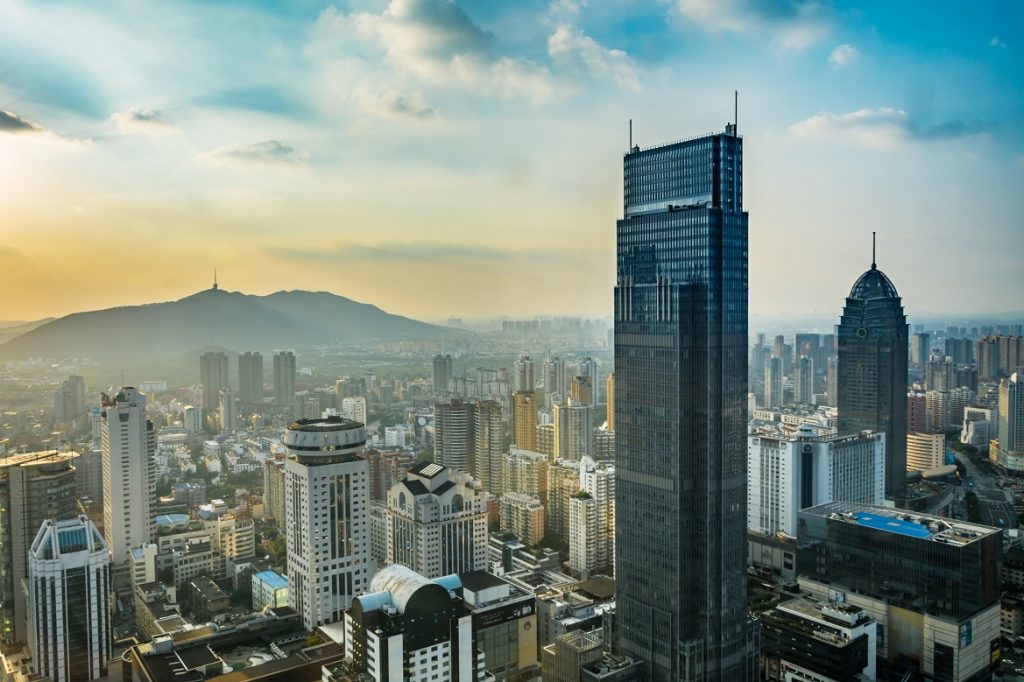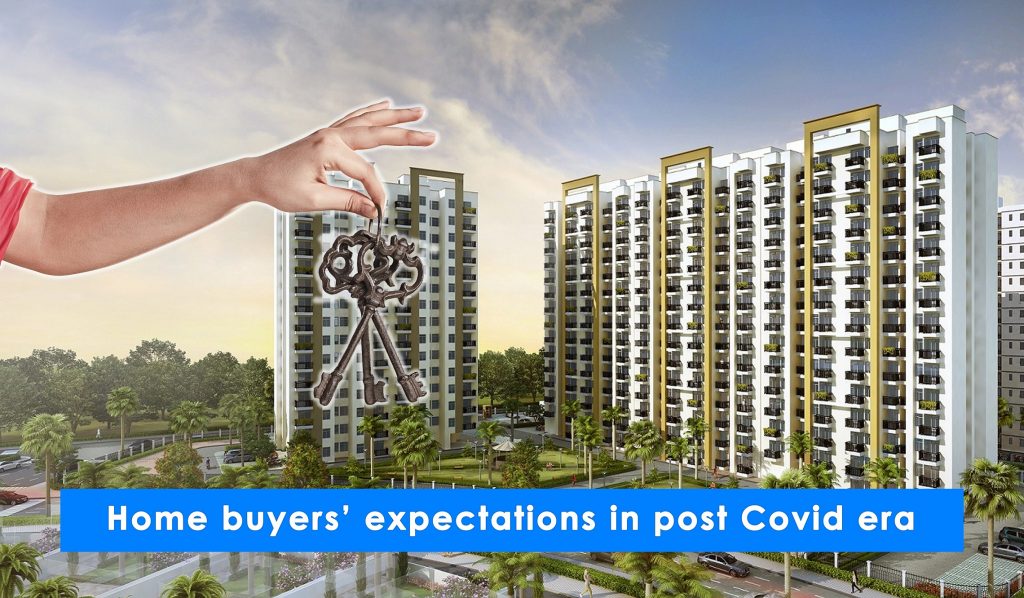India is witnessing an unprecedented growth in urbanization. Better health care facilities and educational and job opportunities are driving people from rural areas to urban centers and resulting in huge population growth. This brings the challenges of land planning and environmental control to town planners. Expanding cities horizontally to make room for all these people will end up destroying more natural resources and therefore vertical growth of cities is being considered as a viable option. Building upward instead of outward enables us to host large number of people in a small area, conserving land and natural resources. The remaining and available land, therefore, could be used to create civic infrastructure for the population living in the locality.

The advent of high-rise buildings have also coincided with provision of world class amenities in housing projects. A vertical growth also offers people living on higher floors a panoramic view of the city around and makes life beautiful. A high floor living also avoids noise pollution and other challenges which affect quality of life in low rise developments. Various amenities including car parking etc can be managed in the basement and lower floors to ensure a smooth passageway to walkers. With fast lifts fitted in these buildings there is no challenge in moving between floors. In fact, all the premium buildings in mega cities like Mumbai and Delhi NCR are vertical developments.
Vertical buildings could also offer other environmental benefits. Having numerous services and amenities in the same tower would reduce the need for moving around. This can also save fuel and energy.
These buildings also create social connectivity by making it easier for individuals to socialize in common areas and visit friends. More like minded people in one place also offers opportunities to create micro-communities based on interest in these housing societies, reducing the need to go out and socialize. As more families live in a small foot-print, it is easy to develop social and civic infrastructure in that area as the users are already there.
Earlier people were concerned about multiple inconveniences related to high-rise living. However, with advent of better technology in almost every aspect, these are no more the real challenges. The modern building design and construction technologies ensure that we can keep building higher without worrying about structural safety. In fact, these building designs are more resilient than the traditional low floor construction. Most Indian cities have now 24*7 power supply, resulting in no downtime for various equipments including elevators in these buildings. The building safety norms are in place and following these is mandatory, making these buildings safer. Also, a behavioural factor weighs in, as high rise developments are done only by large developers with help from reputed construction companies, they offer better construction quality than the houses built by part time developers.
Vertical expansion of cities, without a doubt is viable solution to urban land scarcity. For the people who live there, also taste the luxuries of life which are not easily available in low height developments. It is not uncommon to see a prestige associated with this living.


Recent Comments